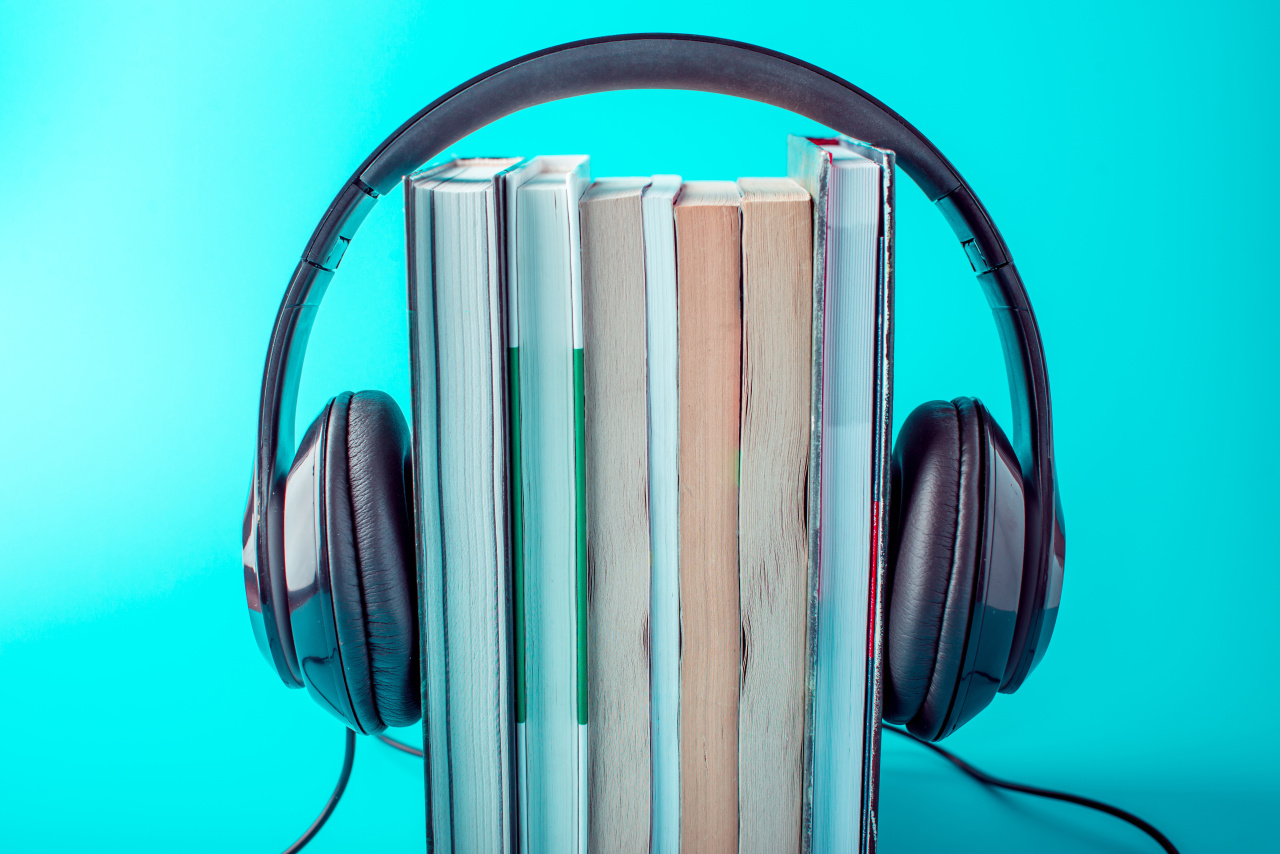
In 1979, the British band Buggles lamented that “video killed the radio star,” predicting the end of the audio era. Over 40 years later, audio content is not just surviving, they are seeing a new possibility with changes in the media environment.
Podcasts are now well-established, coming to prominence overseas in the 2000s. In Korea, podcasts caught on in the early 2010s and have since been enjoying a steady growth.
Podbbang, the country’s biggest podcast application with a 70 percent market share, saw 200,000 downloads in its first year after launching in 2012. The figure now stands at about 4.2 million. Just last year, the user listening time reached some 174 million hours, almost triple that from the previous year, Podbbang said.
In 2017, portal giant Naver also jumped into the audio content market with Audioclip. While the new platform initially presented audio channels operated by individuals, similar to podcasts, in December 2018 it launched an audiobook service within the platform. In just a year’s time, the audiobook service gained more than 23,000 monthly paid subscribers.
Local e-book platform Millie (Millie’s Bookshelf in Korean) recently launched an audiobook service, while global audiobook streaming platform Storytel, which provides more than 340,000 books in 25 languages, landed in Korea last November.
Not only audio books but the demand for audio content in general is on the rise partly due to the advances in technology, according to a Naver public relations official.
“As smart devices, such as AI speakers and connected cars, become more prevalent, the need for audio content adapted to such technology are increasing as well.”
The availability of new technologies to which audio contents could be adapted led to an increase in demand, explained Suh Yong-gu, a business professor at Sookmyung Women‘s University.
“With the increase in cutting-edge devices, original content, such as films, books and dramas, were remade as audio content. And this led to new channels in consuming such contents and even a change in people’s lifestyles,” Suh said.
The ability to multitask while listening to audio content is appreciated by people who are looking for shorter and easier content, according to culture critic Jung Duk-hyun.
“With the rise of the internet and social media, contrary to people’s expectations that it would fail, audio contents found new potential as a means of communications,” Jung said.
“Every sense has different aspects in which it can be optimally used. While visual contents may be the most grasping at sight, audio contents are usually accepted more intimately by the listeners, as if someone were whispering into their ears.”
Audio content is diversifying more than ever, with even dramas and reality shows being attempted on audio platforms. Last month, Naver invested 1.4 billion won ($1,149,000) in contents producer Momocon, which made several shows streamed on Audioclip, including eating-quiz show by comedian Moon Se-yoon and counseling by actress Kim Soo-mi.
Soothing talk shows or reality entertainment shows are the most popular on Audioclip, according to the Naver official.
Audio broadcasting platform Spoon Radio has gained popularity among teenagers with livestreamed talk shows. Anyone can connect and livesteam, and the contents are also unlimited. With almost 100,000 new audio contents created daily on the platform, almost 2.2 million listeners are connecting to Spoon Radio.
The new coronavirus pandemic this year is accelerating the proliferation of audio contents in Korea.
The number Audioclip users jumped by 72 percent over two months in March, while the daily streaming counts also increased by 38 percent during the same period. Podbbang also saw weekly streaming hours increase by 36 percent in March compared to the third week of January just after the COVID-19 outbreak.
“While audio contents until now have been limited to adapting already existing materials onto audio media, it is important that creators seek contents that are specific to the aural senses,” Jung said.
By Choi Ji-won (jwc@heraldcorp.com)







![[Graphic News] More Koreans say they plan long-distance trips this year](http://res.heraldm.com/phpwas/restmb_idxmake.php?idx=644&simg=/content/image/2024/04/17/20240417050828_0.gif&u=)
![[KH Explains] Hyundai's full hybrid edge to pay off amid slow transition to pure EVs](http://res.heraldm.com/phpwas/restmb_idxmake.php?idx=644&simg=/content/image/2024/04/18/20240418050645_0.jpg&u=20240419100350)






![[From the Scene] Monks, Buddhists hail return of remains of Buddhas](http://res.heraldm.com/phpwas/restmb_idxmake.php?idx=652&simg=/content/image/2024/04/19/20240419050617_0.jpg&u=20240419175937)

![[KH Explains] Hyundai's full hybrid edge to pay off amid slow transition to pure EVs](http://res.heraldm.com/phpwas/restmb_idxmake.php?idx=652&simg=/content/image/2024/04/18/20240418050645_0.jpg&u=20240419100350)

![[Today’s K-pop] Illit drops debut single remix](http://res.heraldm.com/phpwas/restmb_idxmake.php?idx=642&simg=/content/image/2024/04/19/20240419050612_0.jpg&u=)